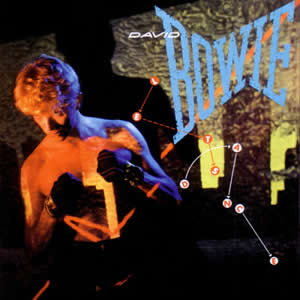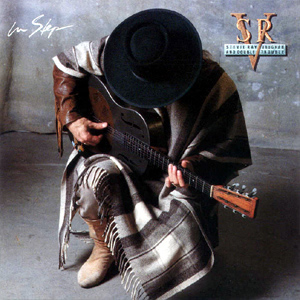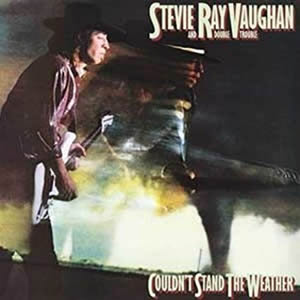Let’s Dance by David Bowie
Buy Let’s Dance An artist who seemed to constantly reinvent himself, David Bowie created a stylized and soulful new-wave album with a romantic signature on the 1983 album Let’s Dance. It was Bowie’s […]

Buy Let’s Dance An artist who seemed to constantly reinvent himself, David Bowie created a stylized and soulful new-wave album with a romantic signature on the 1983 album Let’s Dance. It was Bowie’s […]

Buy in Step After a four year hiatus from recording, Stevie Ray Vaughan and Double Trouble finally released their fourth studio album, In Step in June 1989. The album’s title refers to Vaughan’s […]

Buy Couldn’t Stand the Weather Couldn’t Stand the Weather is the critically acclaimed sophomore release by Stevie Ray Vaughan and Double Trouble. The album features an equal mix of original compositions and cover […]